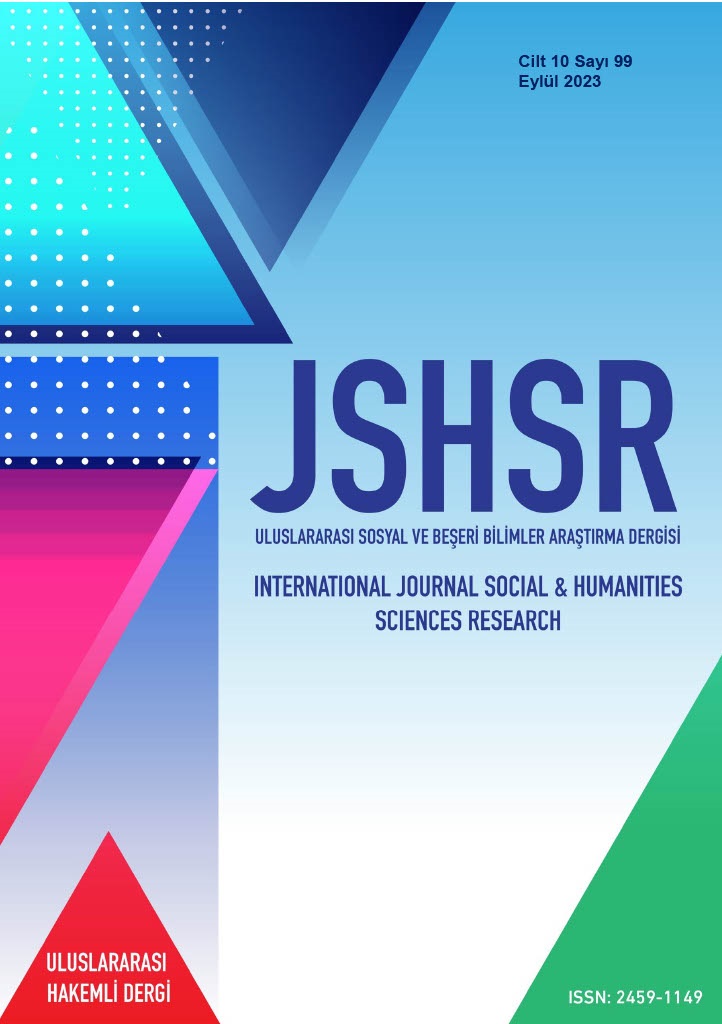The Traces of Local Melodies in Manuel Ponce’s Piano Music
DOI:
https://doi.org/10.5281/zenodo.8408724Keywords:
Manuel Ponce, Mexico, Nationalism, PianoAbstract
In addition to reflecting the effects of the period in which it was created, a work of art has the power to directly affect the period in which it is located historically. To approach the work from the right point of view, it would be more correct to have an idea of the conditions of the time and period first. Mexico, which has hosted many ancient civilizations, has been a colonial state for 300 years since the Spanish invasion in 1519. In this process, the country's rich cultural heritage was kept alive thanks to local communities, and the independence movement of the early 1800s revived traditional arts. The nationalism movement that started with the Mexican Revolution in 1910 has also been reflected in many areas of art. The works in which national identity is emphasized were first seen in painting and then in music art. The use of local melodies in classical music works has been observed in the art of many nations throughout history. In the case of Mexico, this situation was reflected in a large number of works under the influence of the revolution.
One of the most important representatives of the concept of nationalism in Mexico in the field of music is the composer Manuel Maria Ponce. Ponce has meticulously researched local folk music and has often used this rich heritage in his works. The composer, who has a large number of works for orchestra, chamber music and solo instruments, has contributed a lot, especially to the guitar and piano repertoire. In addition to his composing, Ponce was an important musicologist and teacher, and he traveled to local communities in different parts of Mexico, collecting and cataloging folk songs. With his original style created by blending the harmonic norms of classical music with local Mexican melodies, Ponce has often used pentatonic melodies, atonality and unstable rhythms evoking antiquity in his works. This study, based on the conclusion that Ponce's works did not receive sufficient attention in the piano repertoire, especially from piano works in which the influences of local music are clearly reflected; “Mazurkas”, “Balada Mexicana”, “Quatre Pieces pour Piano”, notes were examined and presented with examples.
References
Barnet, J. M. C. (2012). Performing Practice for Roberto Peña’s Concierto para Flauta y Orquesta: Discovering Mexico’s Contemporary Classical Flute Music [Unpublished doctoral dissertation]. University of California.
Corvera, J.B. (2004). Manuel Maria Ponce A Bio-Bibliography. Praeger Publishers.
Gaytan, L. (2014). An Introduction To The Piano Music Of Manuel Ponce [Unpublished doctoral dissertation]. Louisiana State University.
Mandervilla, K.R. (2005). Manuel Ponce and The Suite in A Minor: Its Historical Significance and an Examination of Existing Editions [Unpublished doctoral dissertation]. Florida State University.
Paz, R.R. (2013). Manuel M. Ponce’s Suite D Major for Solo Guitar Performance Edition and Analysis [Unpublished doctoral dissertation]. Arizona State University.
Stevenson, R. (1971). Music in Mexico a Historical Survey. Apollo Edition.
Yip, M. (2008). Stylistic Development in the Piano Works by Manuel Maria Ponce (1882–1948) [Unpublished doctoral dissertation]. University of Cincinnati.
Downloads
Published
How to Cite
Issue
Section
License
Copyright (c) 2023 INTERNATIONAL JOURNAL OF SOCIAL HUMANITIES SCIENCES RESEARCH

This work is licensed under a Creative Commons Attribution 4.0 International License.


